HOW TO PREVENT CYBER HACKING IN YOUR BUSINESS ENVIRONMENT
How To Prevent Cyber Hacking In Your Business Environment
Our extremely connected world in which data is shared constantly construct weaknesses to cyber-attacks. Cyber-criminals exploit systems that are vulnerabilities to gain access, steal, destroy personal data, extort money or interfere with businesses and individuals.
Let’s start by asking what cyber security is?
Cybersecurity is the process of protecting internet-connected systems including hardware, networks, systems, devices and software from unauthorized access. By neglecting cybersecurity in your business, it is actually harmful to you, your business, employees and customers.
To deliver effective cybersecurity, there must be multiple layers of protection, from computers, networks, risk management approaches, staff training on smart cyber choices and best practices.
Best Practice solutions for cyber security safety
Educate your employees
Human error leads to most major security breaches. Staff must be educated on cybersecurity best practices to prevent access to the system. Every employee must comply with basic data security principles such as choosing strong passwords(with numbers and symbols), being wary of email attachments and backing up data.
Optimisation of Technology and network security
The use of security tools such as firewalls, DNS filtering, antivirus software, encryption programme, regular maintenance and updates to protect systems from unauthorized access. Network security guards against hacking to internal networks by protecting the infrastructure and refusing access to it.
Improvement in company processes
Every Business must have processes implemented to demonstrate how they address and respond to attempted cyber-attacks. This includes conducting a risk assessment, planning a disaster recovery response and recovery mechanisms. By having a plan in place, if a breach occurs, your business will know exactly what to do.
Website security optimisation
Websites are not protected by the website hosting providers. Business owners must do constant website scanning, malware removal and website firewalls to prevent any data breaches.
The listed below are some of the biggest threats to cybersecurity
- Data breaches to carry out large-scale network attacks
- Ransomware – ransom attacks are spread through phishing emails, email attachments, infected websites and malware downloads to lock a person’s computer files by breaking a company’s encryption code, then demanding a payment to give them back.
- Malware – It’s a malicious software that harms a computer or network using worms, viruses and spyware.
- Phishing – fraudulent emails that mimic those from reliable contacts or websites are sent to access private data, passwords, credit card information, and financial records.
- Social Engineering – humans tricking users into clicking an infected link using convincing emails to break security procedures and gain access to sensitive data.
What Business owners must keep in mind for a safe business-environment.
Cyber-attacks are becoming increasingly sophisticated which is why businesses must establish a multi-layered cybersecurity strategy. This includes using the latest threat prevention methods and robust technologies to protect the network, systems, devices and personal data as well as training employees on safe cyber choices to prevent any human errors. It is also mandatory to plan and strategize what your business would do during a cyber-attack and have suitable backups in place to avoid further damage.
In the security industry, the Secure by Default scheme has recently been introduced to combat cyber-crime by making manufacturers more responsible for designing networked products with cybersecurity as its core value to ensure that systems are installed securely. Secure by Default outlines nine mandatory requirements that Video Surveillance Systems and Access Control Solution should incorporate for products to be secure at the manufacturing stage. One of these requirements is the importance of encryption in preventing cyber-attacks. By implementing vigorous encryption methods in a business, it makes it harder for hackers to intrude your systems.
By using a robust cybersecurity approach that incorporates many layers of protection, including encryption, your business will have a better chance of withstanding cyber-attacks.


